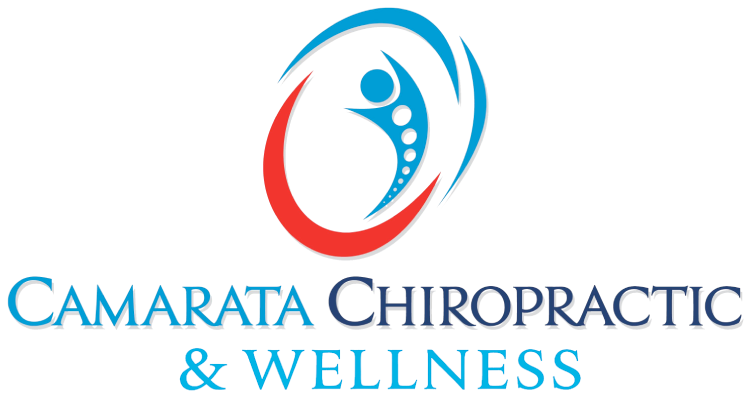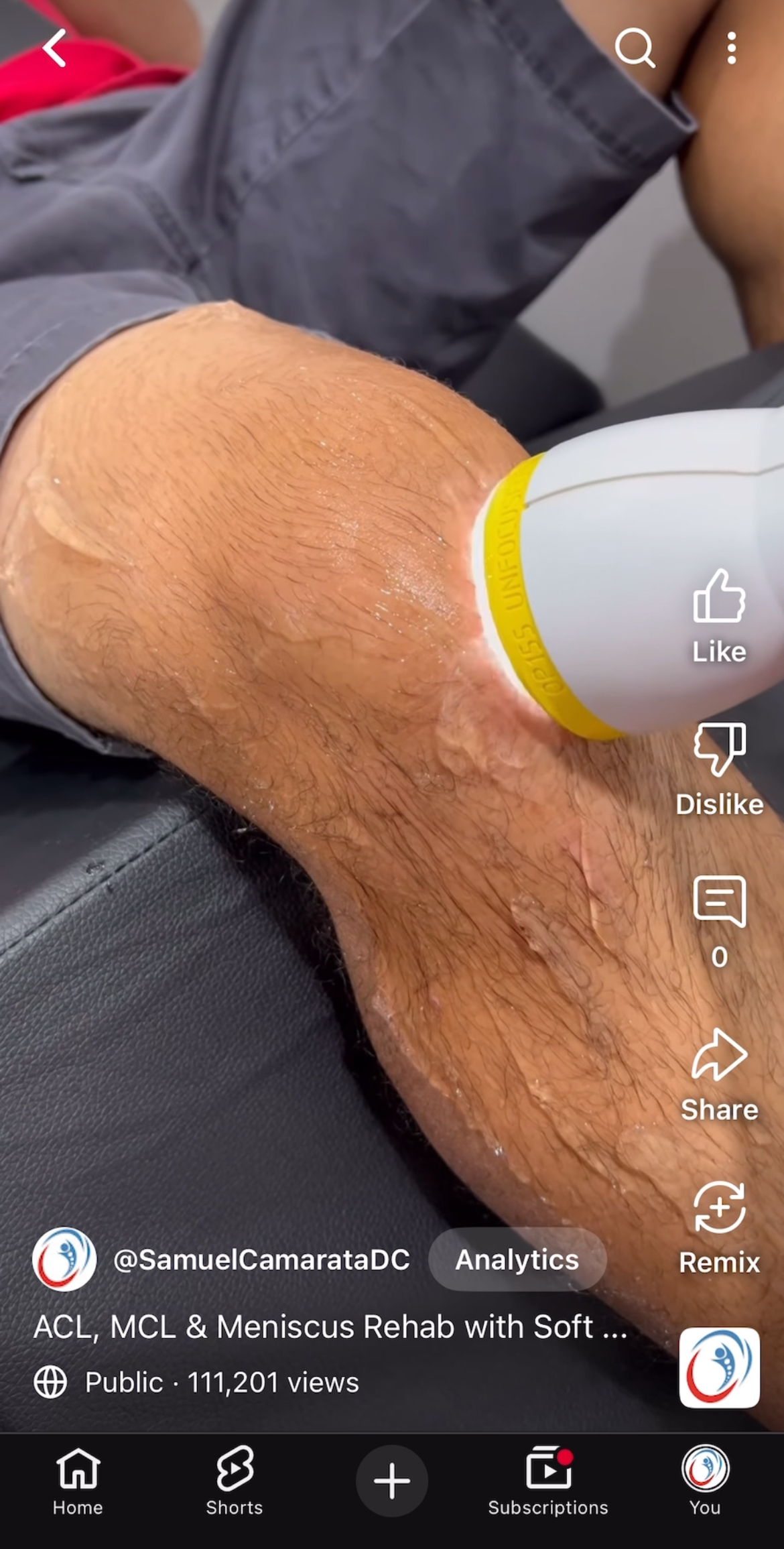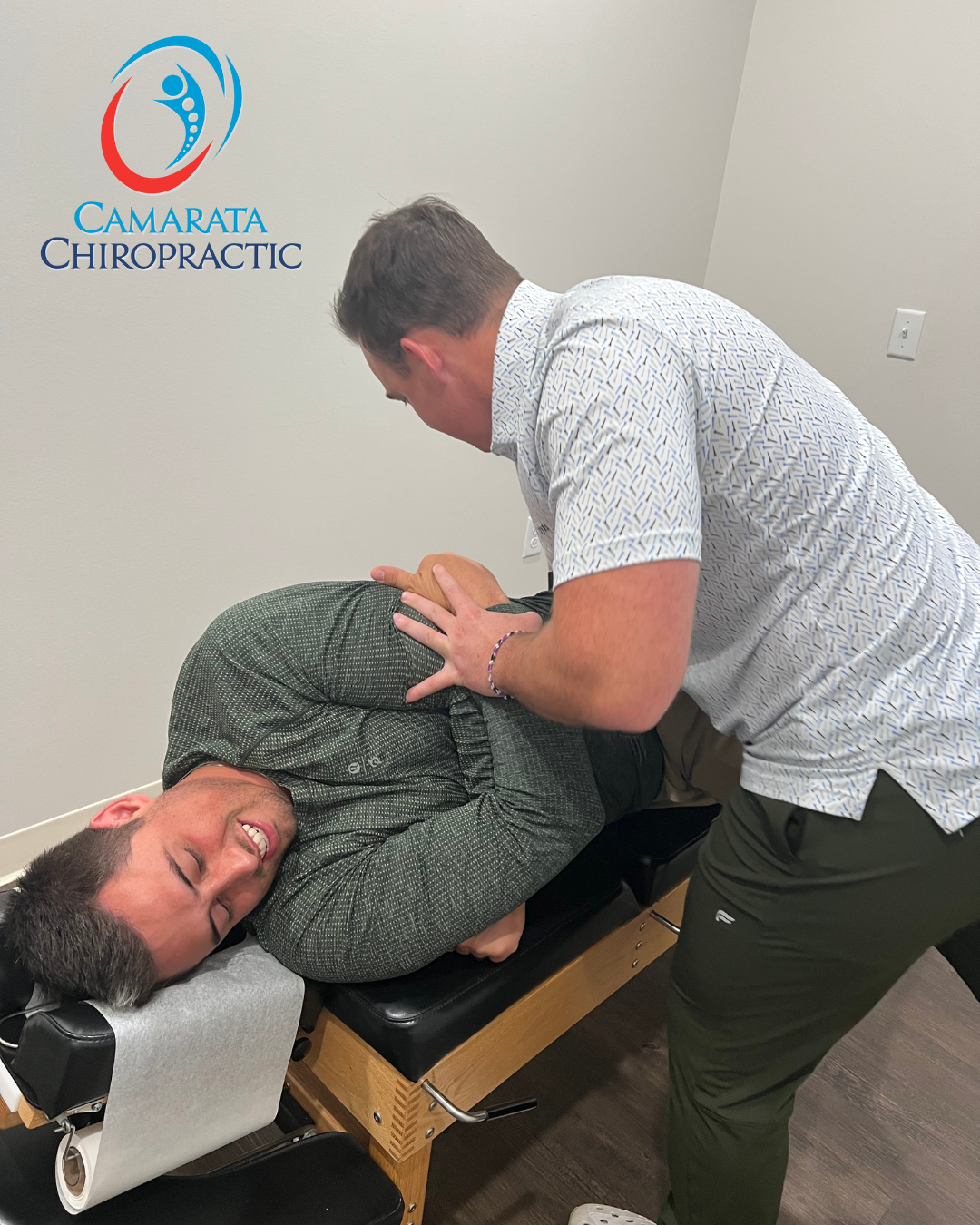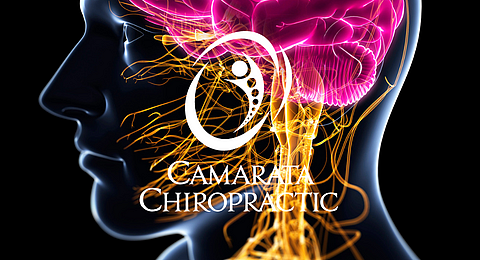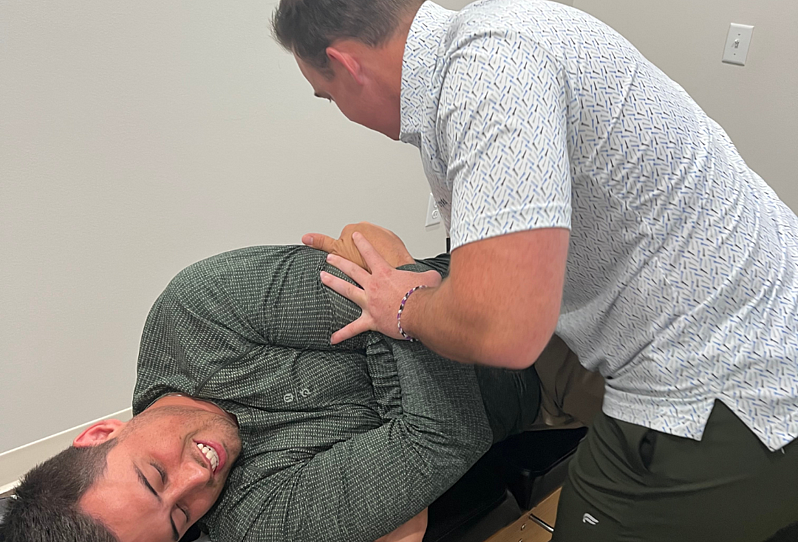Blog
Understanding the Suboccipital Triangle: Causes and Solutions for Neck Pain
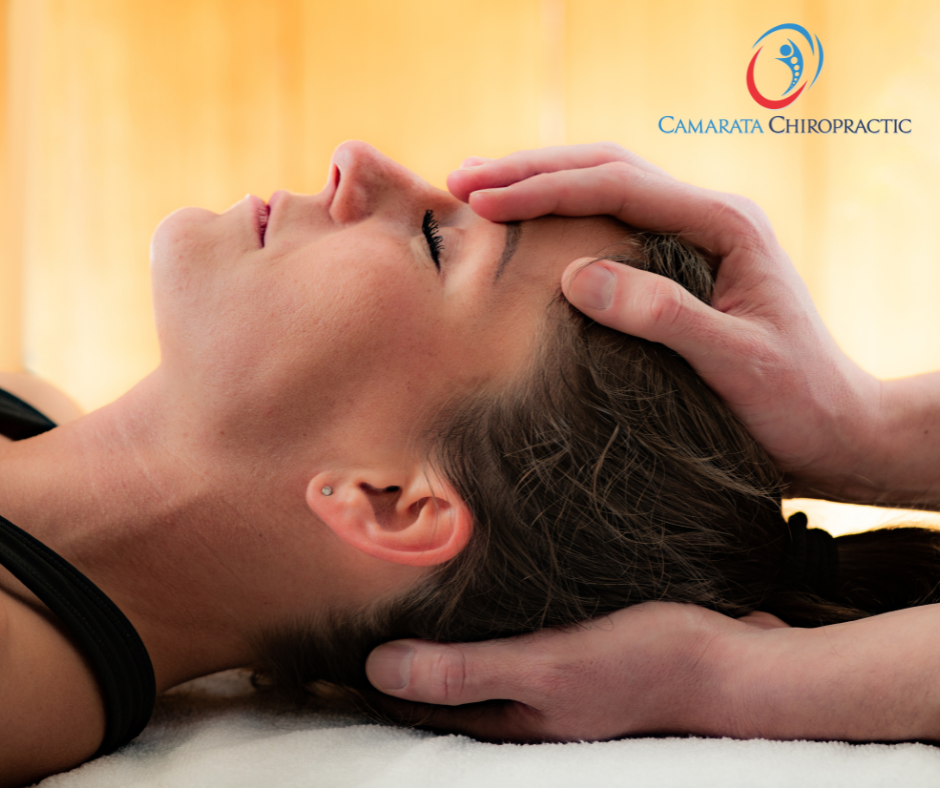
The suboccipital triangle is a crucial group of muscles located at the base of the skull where it meets the neck. These muscles play a vital role in the movement and stability of the head and neck. When these muscles become tight or go into spasm, they can cause frequent spinal misalignments, leading to neck pain and discomfort. At Camarata Chiropractic & Wellness, located at 3237 Union St North Chili, NY 14514, we are dedicated to helping our community understand and alleviate these issues.
Anatomy of the Suboccipital Triangle
The suboccipital triangle is composed of these primary muscles:
- Rectus Capitis Posterior Major: This muscle extends from the spinous process of the axis (C2) to the occipital bone. It plays a role in head extension and rotation.
- Rectus Capitis Posterior Minor: This smaller muscle stretches from the posterior tubercle of the atlas (C1) to the occipital bone and aids in head extension.
- Obliquus Capitis Superior and Inferior: These muscles are involved in the lateral flexion and rotation of the head.
These muscles, though small, are densely packed with nerves and blood vessels, making them highly sensitive to strain and tension.
Causes of Tightness in the Suboccipital Triangle
Several factors can lead to chronic tightness or spasms in the suboccipital triangle muscles:
- Sleeping Positions: Poor sleeping positions, such as sleeping on your stomach or using an unsupportive pillow, can strain these muscles.
- Poor Posture: Slouching or hunching over, especially while sitting or standing, can lead to chronic muscle tension.
- Ergonomics: Inadequate ergonomic setups at work or home can force the neck into unnatural positions, causing strain.
- Technology Use: Prolonged use of smartphones, tablets, or computers, often referred to as "tech neck," can put excessive strain on these muscles.
- Trauma: Head or neck injuries, including whiplash from car accidents or sports injuries, can lead to muscle tightness and spasms.
- Sports: Activities that involve repetitive neck movements or strain, such as swimming or contact sports, can contribute to muscle tension.
Symptoms of Chronic Tightness or Trigger Points
Chronic tightness or trigger points in the suboccipital triangle can manifest in various ways, including:
- Persistent neck pain or stiffness
- Headaches, particularly tension headaches
- Reduced range of motion in the neck
‹ Back
